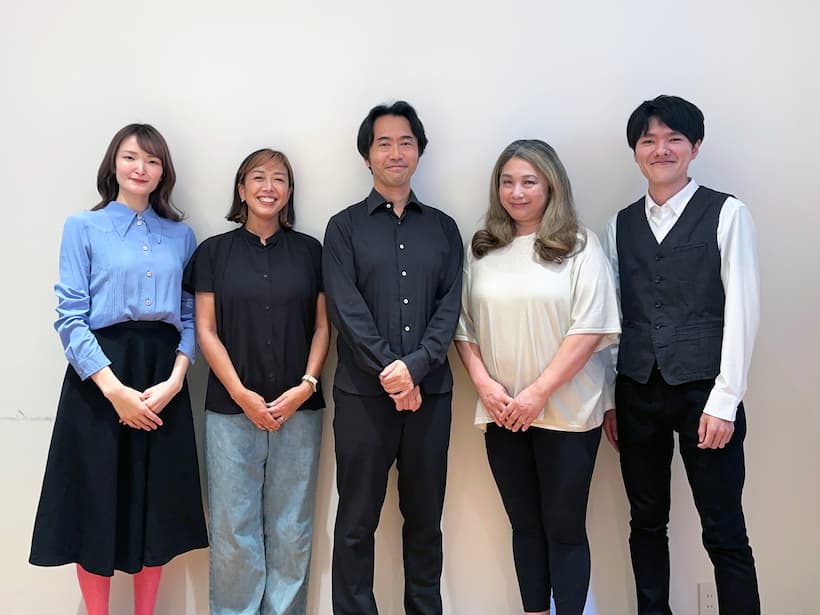Masatoyo Ogasawara Architects is a licensed first-class architectural office based in Tokyo.
Led by Masatoyo Ogasawara, who cultivated his architectural design philosophy at Harvard University Graduate School of Design and honed his skills at a New York architectural firm, we offer refined designs that bring out the best in materials.
Our work balances sensory, intuitive design with rational design approaches informed by academic research at the university level. We handle projects of all scales and types, from private residences to museums, both in Japan and abroad. Drawing on extensive international experience, we propose the most suitable solutions from a wide range of global options. Our design process utilizes BIM, enabling smooth information sharing through renderings, animations, and various simulations.
Every project begins with a first step. We always look forward to engaging in relaxed, in-depth discussions to explore what we can create together.

AIA, JIA

First-Class Architect, Japan
Professor, Department of Architecture, Tokyo Denki University
Ph.D. in Engineering
After graduating from the Department of Aeronautics and Astronautics at the University of Tokyo, Masatoyo Ogasawara entered the Department of Architecture as an undergraduate. He subsequently earned a Master’s degree from the Harvard University Graduate School of Design (GSD). Following his studies, he worked at Pei Cobb Freed & Partners, LLP in New York and obtained his license as a Registered Architect in the State of New York.
In 2004, he returned to Japan and established Masatoyo Ogasawara Architects. From 2013 to 2017, he served as a Project Assistant Professor at the Institute of Industrial Science, University of Tokyo, where he earned his Ph.D.
Alongside running his architectural practice, he is a Professor at Tokyo Denki University, where he leads the Laboratory of Architectural Design and Production. His research and education efforts focus on creating new value in architecture through the use of VR/MR, environmental simulations, BIM, and other cutting-edge technologies.

Master’s degree in Applied Psychology (Counseling), New York University Steinhardt School of Culture, Education, and Human Development.
Licensed Clinical Psychologist / Certified Public Psychologist (Japan).
Gained experience at a residential child and adolescent psychiatry facility and an Investment Bank Outplacement/Career Center in Manhattan. Offers psychological support across diverse contexts: mental health care for professionals, counseling for adolescents, parents, and international/boarding school communities, HR advisory for startups, crisis interventions, and clinical trial reviews—often in English-speaking environments. Understands the corporate culture of both Japan and the international sector.
Brings a psychological perspective to architectural projects, supporting clients in articulating their ideas and aspirations throughout the design process.